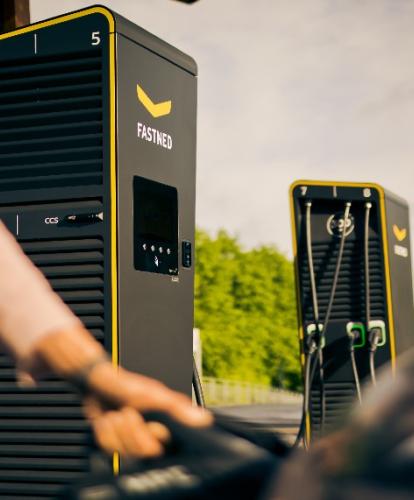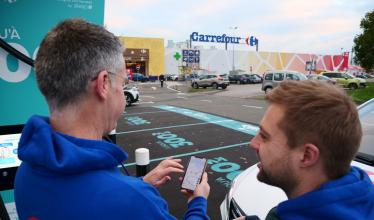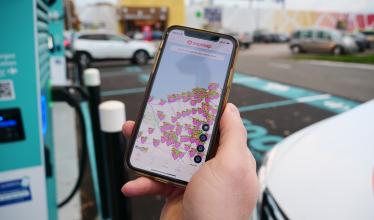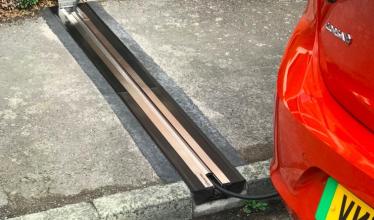As we pass through the seam of one year into the next, it is typically a time for reflection. The month of January is, after all, named after Janus – the ancient Roman god of beginnings, endings and transitions – who looks both forward and backward in time.
Here we glance back at what happened for electric car charging in 2023, and take a more in-depth look at what’s coming in the New Year.
So what does 2024 have in store for electric car drivers and the wider EV sector?
Key takeaways from 2023
While a lot changed for EV charging in the UK in 2023, there are a few key themes that have particular significance.
The first of these is the growth of high-powered charging hubs, a trend which began in 2022 and that has not only continued but accelerated throughout 2023.
At the end of November 2022, for example, there were 99 open-access charging hubs across the country. By the end of November 2023, however, this figure had more than doubled to 239. Two notable examples of these hubs – which Zapmap defines as groups of six or more rapid or ultra-rapid devices – are Osprey’s Salmons Leap hub in Devon and bp pulse’s Birmingham gigahub.
The trend goes hand in hand with another. 2023 also saw the rate of charge point installation increase throughout the year. Indeed, while the overall rate of installation across 2022 was around 800 devices per month, 2023 saw this rise to an average of 1,400 per month - an increase of 75%.
The impact of this growth was clear. In October, the UK passed the significant milestone of 50,000 public charging points. In early December, the country surpassed 10,000 rapid and ultra-rapid charging devices across 5,000 locations, a milestone indicative of real change for EV drivers embarking on longer journeys across the UK.
It is not only the growth of the UK’s charging infrastructure in 2023 that will make life easier for electric car drivers in 2024, however. Two key pieces of legislation passed in 2023 should bring change for the better.
First, new Public Charge Point Regulations (PCPR) that came into force on 24th November will, amongst other things, make public charging easier and more reliable by:
- Ensuring transparency of prices across networks and charge points
- Effecting mandatory payment roaming for charge point operators
- Mandating a minimum of 99% reliability across the public rapid charging network
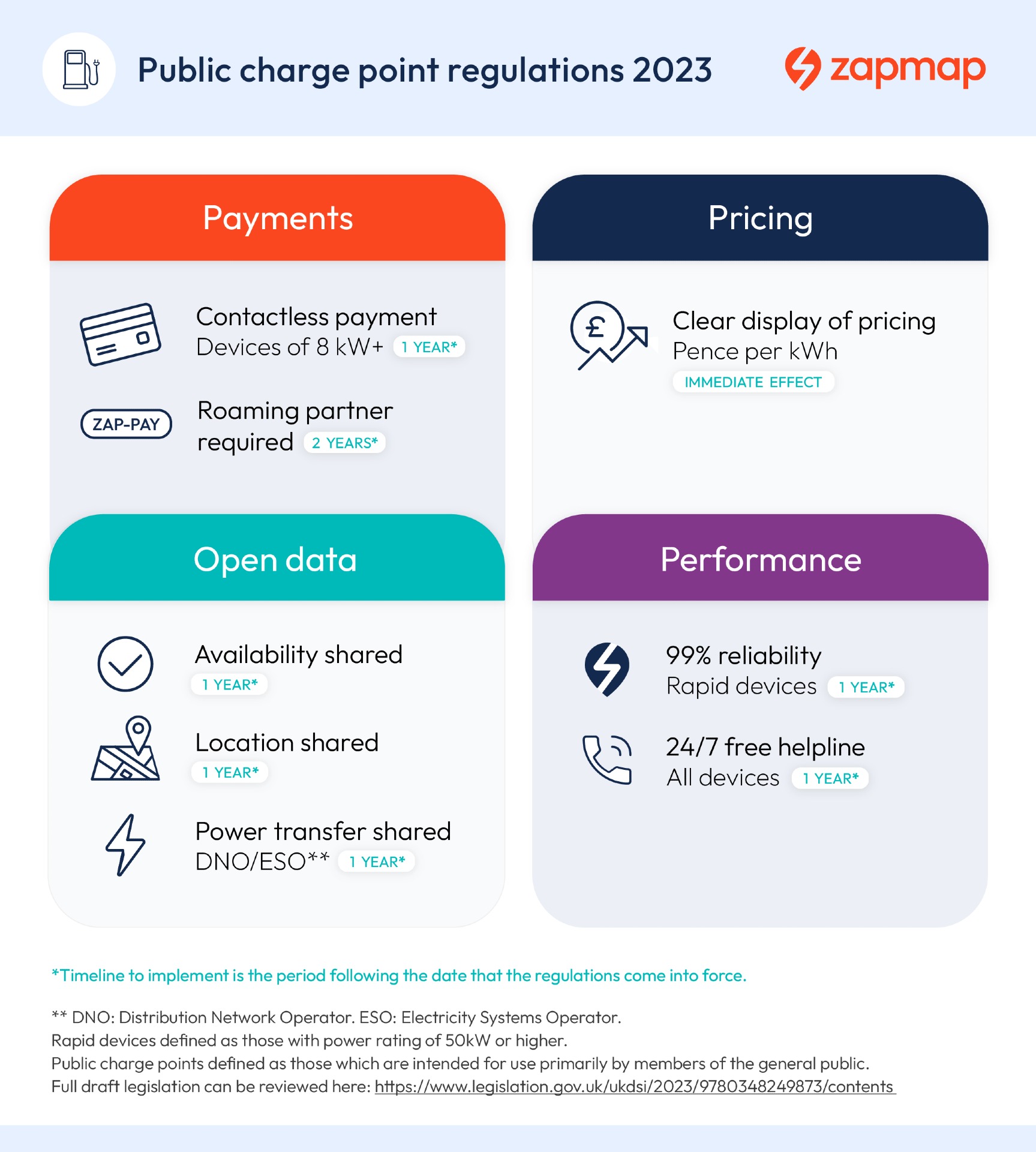
Second, despite delaying the ban on sales of new diesel and petrol cars to 2035, the government passed the ZEV mandate (zero-emission vehicles). It comes into effect in January 2024 retaining its original targets for 22% of new cars and 10% of new vans sold in 2024 to be battery-electric vehicles – increasing to 80% by 2030 and 100% by 2035. This should not only increase the number of electric vehicles available on the market, but their variety too.
So with this momentum from 2023, what does the New Year have in store for EV charging?
EV ownership will grow: Drivers’ needs will change
“As of the end of November 2023, there were more than 950,000 pure-electric cars on UK roads,” says Melanie Shufflebotham, Co-founder & COO at Zapmap.
“In 2024, it’s predicted that around 500,000 new pure-electric cars will be sold across the country, bringing the total to around 1.5 million. The ZEV mandate will be a key driver in this regard, and I’d expect to see more promotions and price drops from car manufacturers as the year progresses.
“Given the lack of incentives for consumers to switch to EVs, as opposed to businesses, we may also see the government introduce some new demand-side measures.
“What’s more, we can also expect to see continued growth in second-hand sales, as many of the 200,000 pure-electric cars sold in 2020 move through into the used car market.”
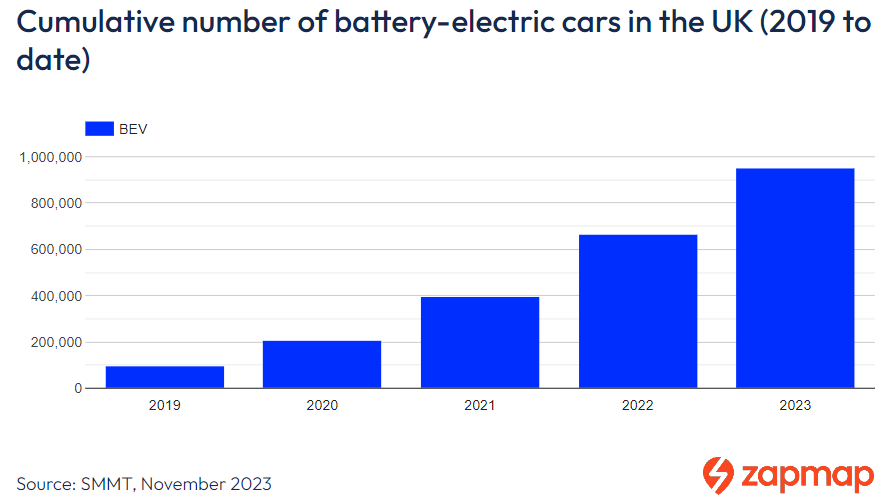
As EV ownership grows, and the demographics shift from early adopters to the wider market, the needs of electric car drivers are expanding. The industry must, and will, adapt to satisfy those needs.
“2024 will see more focus on the drivers that have been underserved so far in the transition to electric,” says Shufflebotham. “That includes those with accessibility needs, a lack of off-street parking, or purchasing cars second hand.”
Despite the amazing growth in the number of electric vehicles on UK roads, the industry must ensure that no-one who wants to own an EV is left behind.
“Going into 2024 we remain committed to our mission of making charging simple, giving drivers the products and services for stress-free charging, whatever their needs,” she continues.”
Expect a charge point avalanche
Members of ChargeUK, a body that acts as the voice of the EV charging industry, have committed to invest more than £6 billion into the UK’s public charging infrastructure by 2030. That’s with the aim of “ensuring that drivers have access to a high-quality charging solution, when and where they need it, right across the UK.”
With this level of investment, coupled with the rate of charge point installation seen in 2023, we should expect to see the public charging network develop in leaps and bounds in 2024. But it won’t be quite the same story everywhere you look, says Zapmap’s Head of Insights Jade Edwards.
“As we know, not all chargers are created equal. While there will be growth across all types of charge points, there will be different dynamics in play,” says Edwards.
“In terms of the UK’s high-powered, en-route infrastructure, charge point installations will continue at pace into 2024, funded predominantly by the private sector. I would be surprised if the country doesn’t hit 15,000 high-powered devices by the end of 2024 – with 3,000 of those 5,000 new devices being ultra-rapids.”
While there was also encouraging growth at the slower end of the charging spectrum in 2023, the expansion of the UK’s on-street charging infrastructure is more variable, in part because of its dependence on engagement from local authorities.
“In terms of the slower, on-street infrastructure, I think we can expect more of the same going into 2024. So while there will be more lamp post and bollard chargers popping up on residential streets, their distribution will remain patchy. And that’s simply because some local councils are much further ahead than others on charge point rollout,” Edwards continues.
“Although we may see some of the LEVI funding being spent in 2024, the majority of this will come later. And that’s because, while councils have already been allocated funding, they need to go through the tendering process, so the real impact on the network will be from 2025.”
Looking ahead, given the current rate of installation, Zapmap’s calculations show that the UK is likely to reach 100,000 charging devices as early as August 2025.
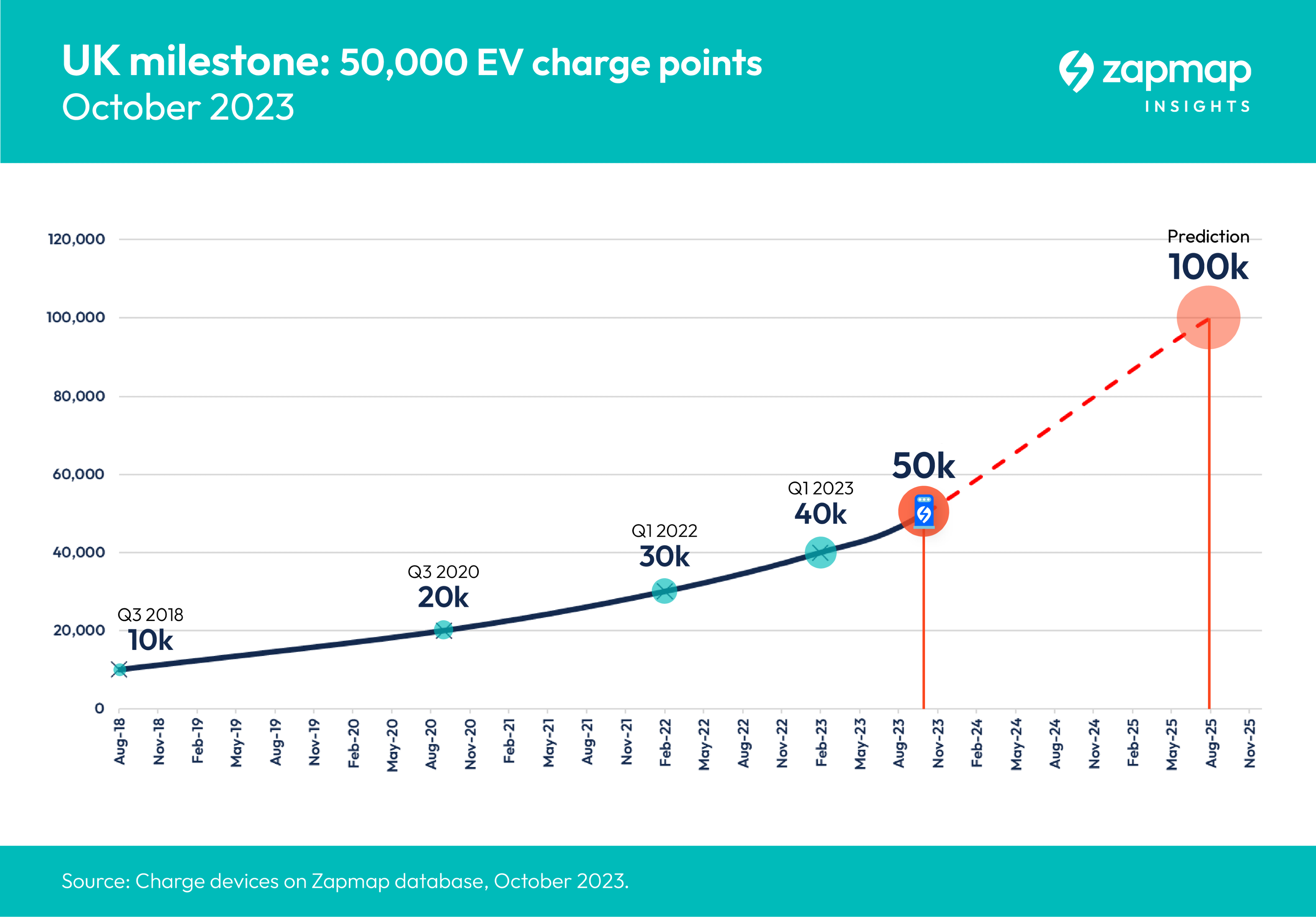
Expect a more robust public charging network
2023 also saw an improvement in the reliability of chargers across all power ratings. In the last six months of 2022, on average slow and fast devices were out of service 5.8%* of the time, with rapid and ultra-rapid at 10.6%.
Across the last 6 months of 2023, however, this reduced to 3% for slow/fast devices and 8.5% for rapid/ultra-rapid.
“With the introduction of PCPR into legislation and the requirement for rapid and ultra-rapid networks to reach 99% reliability from 24th November 2024, the New Year should see further improvements to the reliability of chargers as charge point operators strive to meet the requirement,” says Edwards.
However, it won’t only be charge point operators working to improve the charging experience for drivers. Zapmap already helps EV drivers find reliable chargers thanks to user ratings, feedback from other drivers, and by highlighting the most reliable networks in the annual EV charging survey – but has plans to build on this further in the New Year.

Networks such as Fastned and MFG EV Power scored highly for reliability in the latest CPO rankings.
“Over the course of 2024, we’ll be introducing new reliability services, enhanced pricing information, new payment options – and expanded and deeper location data,” says Ed Walsh, Head of Product at Zapmap.
“Our users' experience will become increasingly personalised and 2024 will see the introduction of AI-driven tools that underpin, and in places become, the way that drivers interact with services such as Zapmap and across the wider industry.”
*Average of six monthly snapshots taken across all devices for which Zapmap receives live status data, covering circa 70% of all UK’s charge points.
Don’t expect charging prices to come down
Thanks to our charging Price Index – which shows the difference in prices paid depending on the type of charger and how this is changing over time – we know that prices to charge on the public network continued to increase during 2023, but at a much lower rate than we saw in 2022.
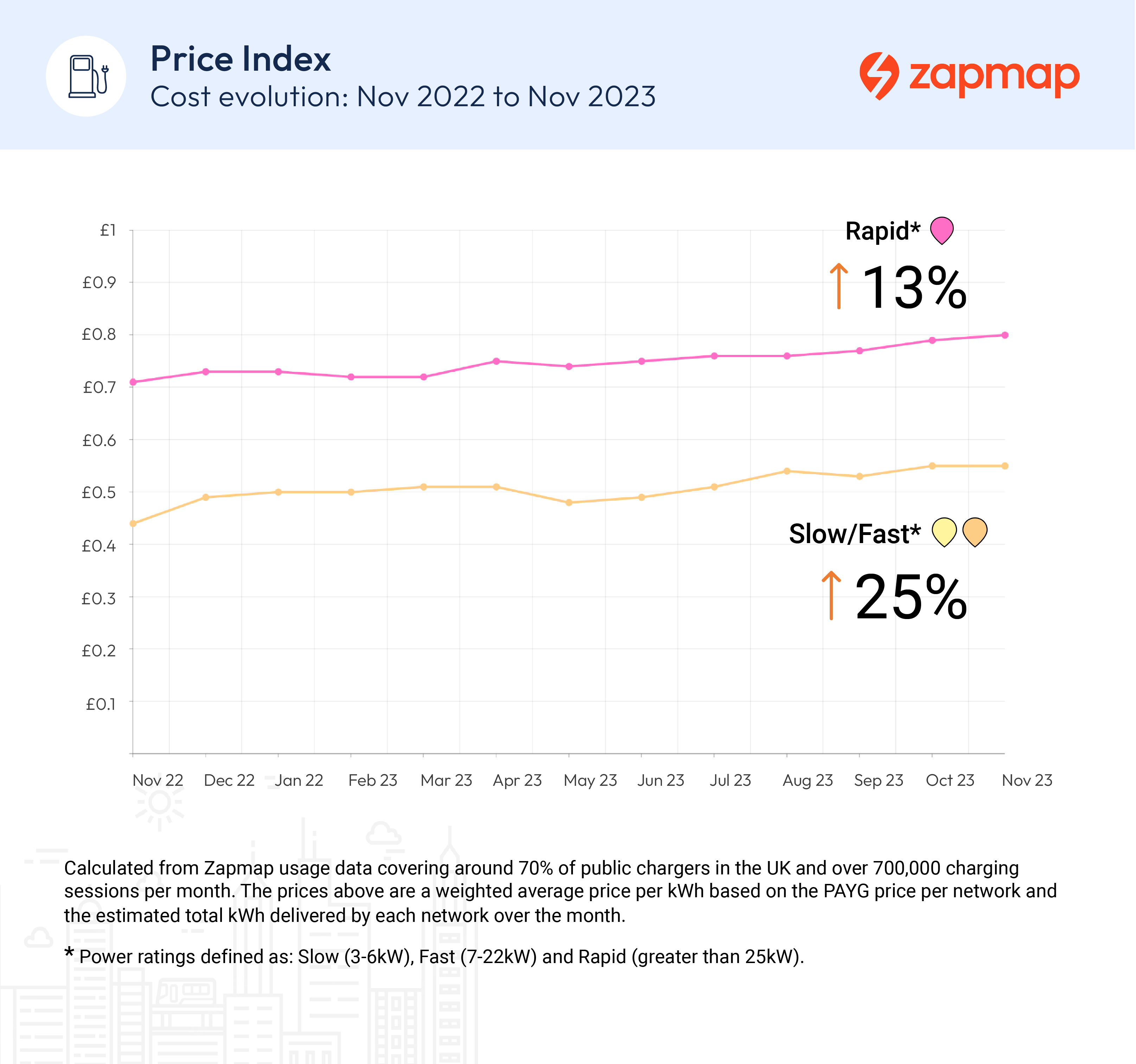
“In the majority of cases, this means that the cost to charge an electric car continues to be below that of a petrol or diesel vehicle,” says Shufflebotham.
The exception to this is when, in some instances, drivers charge exclusively on the ultra-rapid network.
“In 2024, with the domestic price cap rising once more, from the current 27p/kWh to 29p/kWh on January 1st, and with continued uncertainty in wholesale energy prices, don’t expect prices to come down anytime soon,” she continues.
“What’s more, with continued inflation and charge point operators looking to recoup high up-front investment costs, they may continue to rise a little in 2024.
“One thing that may bring down the cost is a reduction in the VAT on public charging from 20% to 5%, in line with domestic energy costs. The government has, however, been rather quiet on this topic despite sustained pressure from campaign groups such as FairCharge,” Shufflebotham concludes.
CPOs will consolidate their networks
With well over 60 charge point operators across the UK, some might expect that number to begin to shrink as the market begins to mature. However, Zapmap’s Head of CPO Networks Matt Lloyd doesn’t think that time has arrived just yet.
“2024 will be the year of delivery,” says Lloyd. “So we’ll see charge point operators rolling out the current agreements they’ve signed with partners and landlords over the past two years, and catching up on any delays from DNO connections.”
Some of these partnerships include Zap-Pay partner Osprey joining forces with Supermarket Income REIT, Mer partnering with Knight Frank, ubitricity’s deal with UKPN, and GRIDSERVE’s plans with Roadchef.
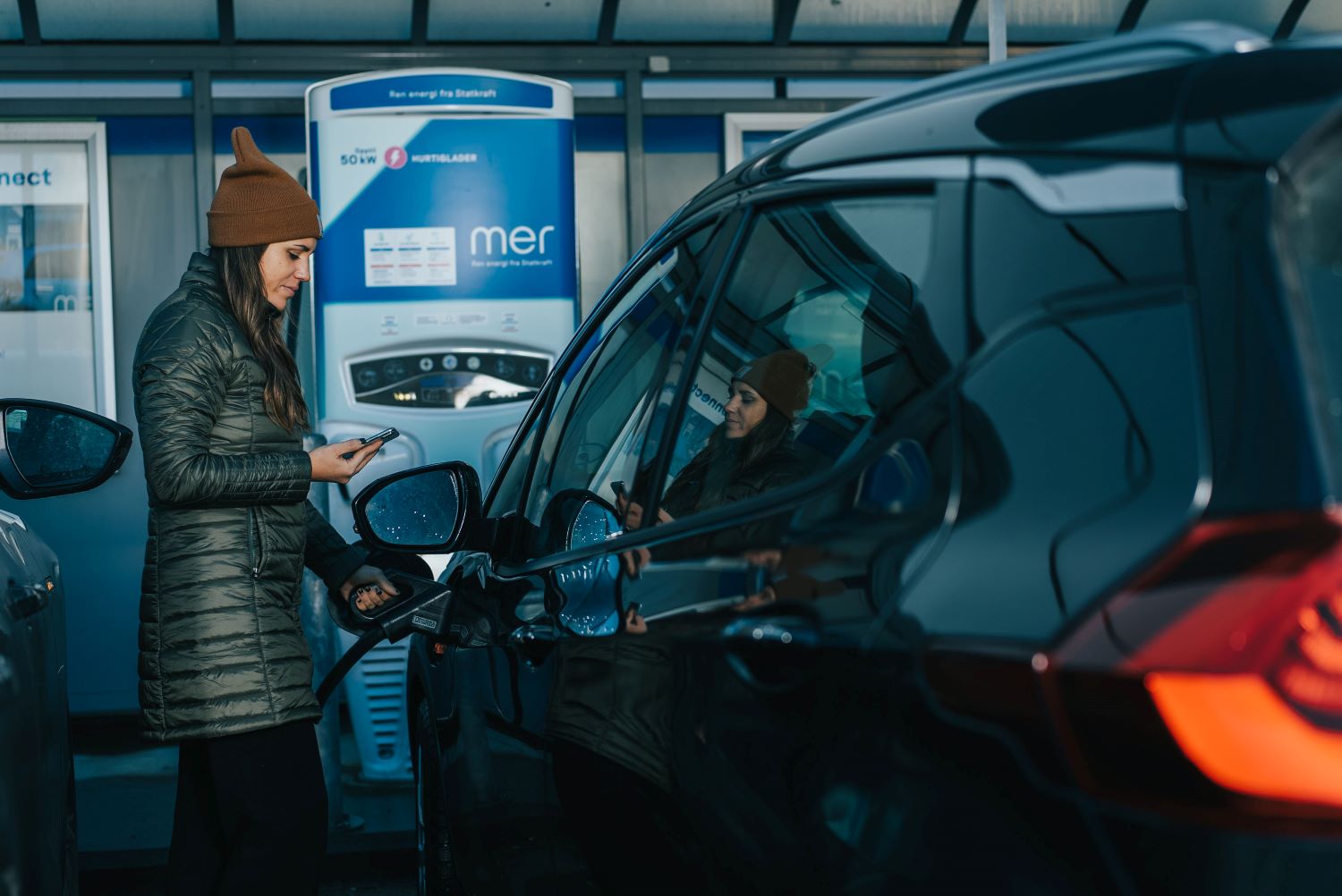
Mer has joined forces with Knight Frank Investment Management.
“You can also expect to see CPOs continuing to swap out older hardware, especially for high-power chargers, as well as increasing the numbers of charge points at key locations,” Lloyd continues.
“Where we may well see expansion from charge point operators is in Northern Ireland and the Republic of Ireland. So I wouldn’t be surprised if operators with a presence in Great Britain, such as Instavolt, Fastned and Osprey, begin to focus more on the island of Ireland.”
While Lloyd is confident that 2024 won't be the year of mergers, new entrants to the charging space will still find it difficult to break through: “Smaller operators may continue to enter the market, but will likely struggle to gain traction because it is now a very congested space.”
Charge point utilisation will be a hot topic
Consolidation and expansion won’t be the only considerations for charge point operators in 2024. The utilisation of public charging networks will become an increasingly hot topic in 2024, with investors in the EV space turning to it as a key metric to help them understand whether or not they are on track to receive their expected return on investment.
“Charge point utilisation is a constant balance between the number of devices installed and the number of new pure-electric vehicles on the road,” says Edwards.
“Add to that the changing demographics and behaviours of those driving EVs (such as more drivers without off-street parking transitioning to electric), and you have a really interesting job there balancing supply and demand."
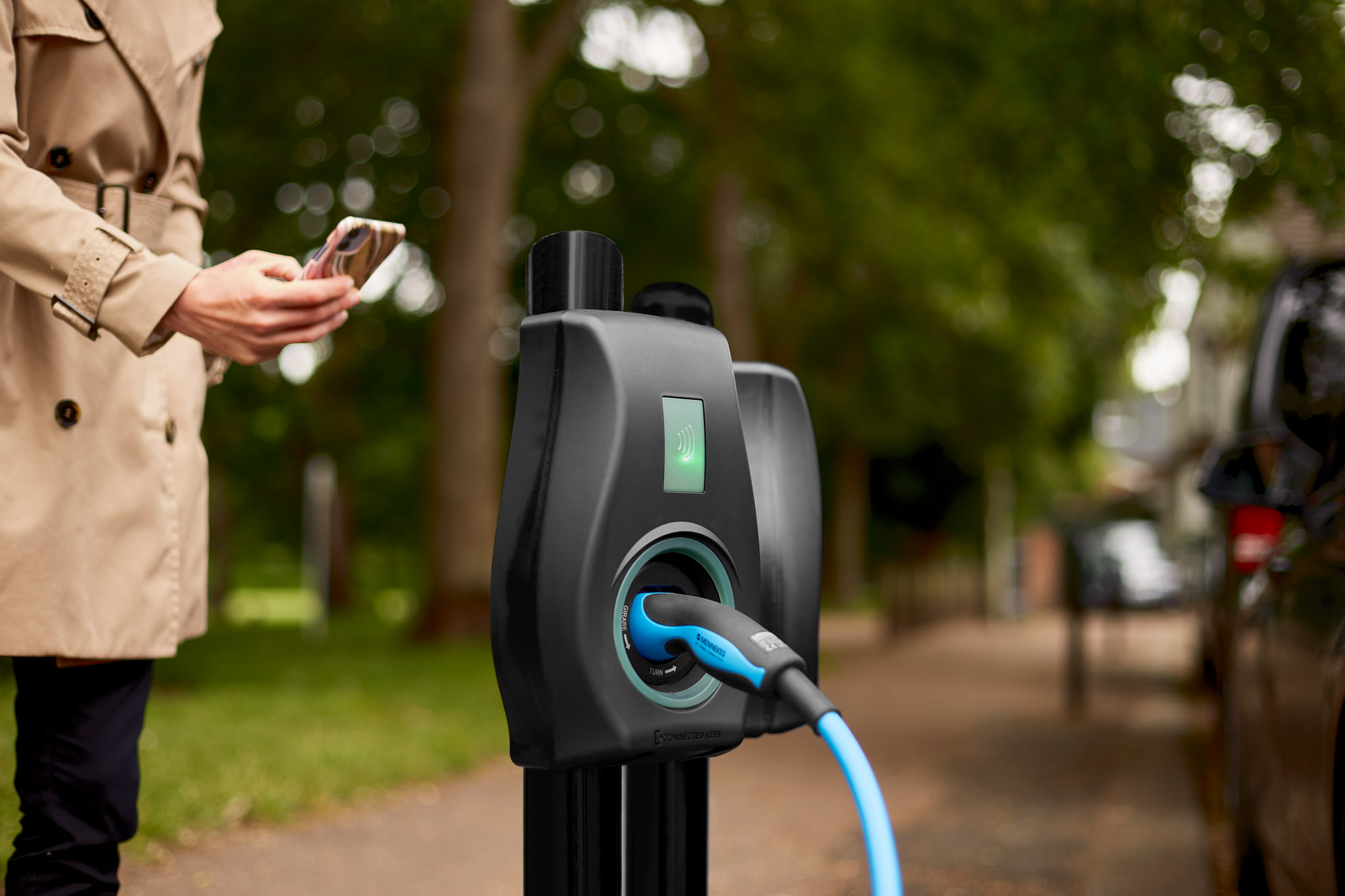
The proportion of EV drivers relying on slower charge points on residential streets is set to increase.
Edwards continues: “In 2023 we worked closely with the Green Finance Institute to begin to standardise different ways of measuring charge point utilisation. In parallel, we’ve found that the average utilisation of rapid and ultra-rapid devices is around 15%, or 3.6 hours per day.
“This masks significant peaks and troughs in charge point usage. As we progress through 2024 we will continue to monitor and analyse utilisation by factors such as time of day, location types and different geographies and will build on our existing Zapmap Insights propositions in this area.”
An increased focus on utilisation will have other effects too. “We expect to see competition for charge points driving further pilots of booking services across e-mobility service providers and charge point operators,” says Ed Walsh, Head of Product at Zapmap.
“But given the majority of charge points will remain unbookable, it’s important we expand our services to help drivers plan for and predict charger availability, minimising charger anxiety at arrival.”
The charging experience will improve
Of course, a major part of increasing charge point utilisation will be improving drivers’ experience of charging on the public network.
While charge point operators have most control over the physical experience of charging – with networks such as Fastned, MFG EV Power and Mer leading the way – other companies can influence this area for the better too.
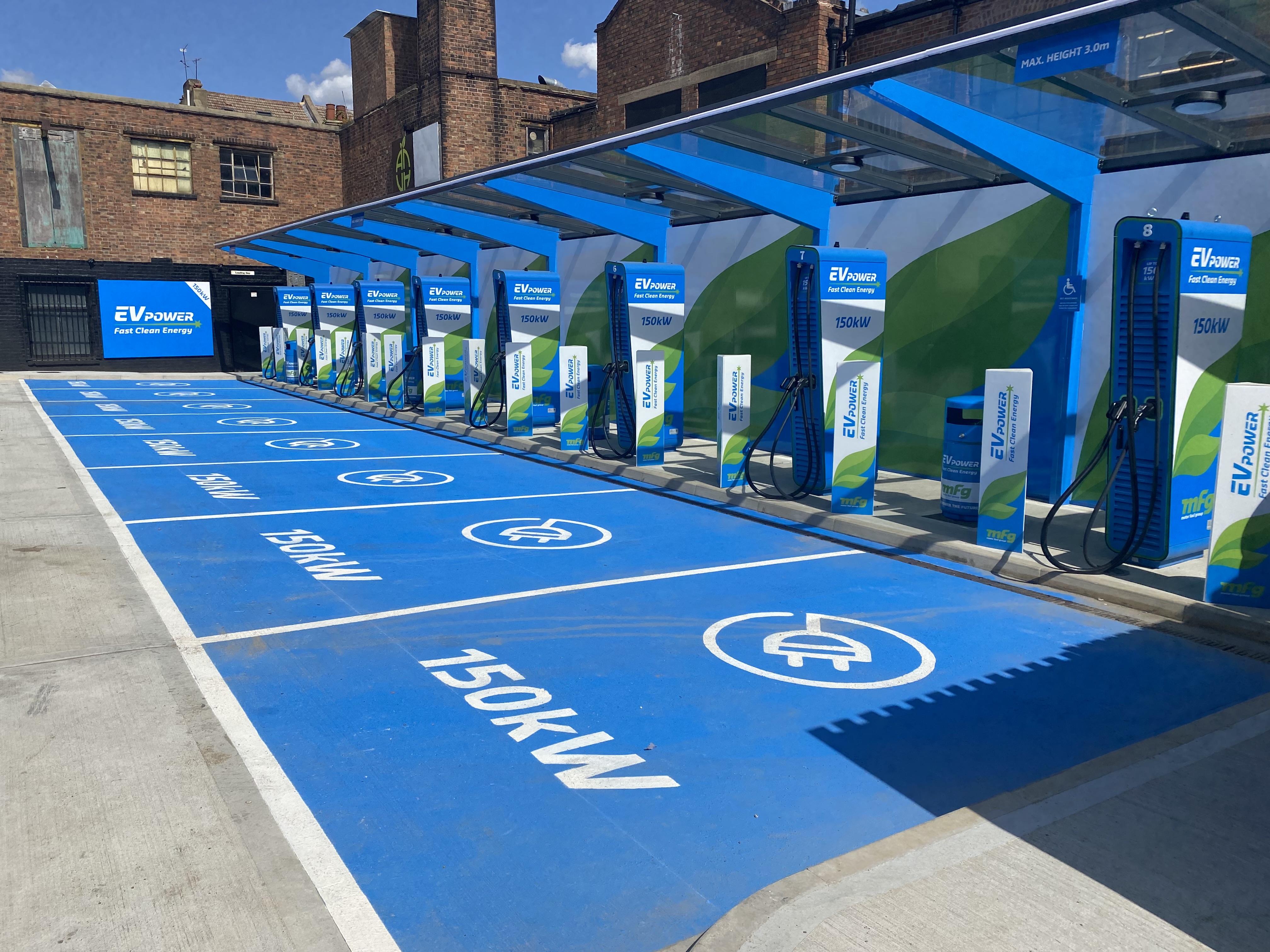
MFG EV Power charging locations are known for their reliability and ease of use.
“In the wider market we’ll see further growth of ‘super apps’ that serve the needs of EV drivers in amongst a much wider collection of services, alongside more niche services that satisfy the needs of smaller groups of drivers,” says Walsh.
“Zapmap plays a role in enabling both,” he continues, “with our apps giving drivers the coverage and breadth of features they need, and our API products underpinning a number of other products across the mobility space.
“We’ll see more partnerships driving innovation, including combined park and charge services, smart charging for those without driveways, increasing payment automation, and more accessible charging and payment services,” says Walsh.
“Across the wider market I expect we’ll see some consolidation, but also new partnerships that combine feature sets to build new propositions.”
2024 is set to be electric
While it is understatement to say a lot will change for EV charging in 2024, it is clear that these developments will be widespread, varied and for the better.
“With electric car ownership growing and the market expanding, 2024 is going to be an electric year,” Shufflebotham concludes.
“We will see an increasing number of models available, many of which will boast much greater range and/or a lower price point. There will be far more chargers for drivers, with higher power and better reliability – and of course, increasing coverage of them all in the Zapmap app, helping drivers find available charge points wherever they go.”
